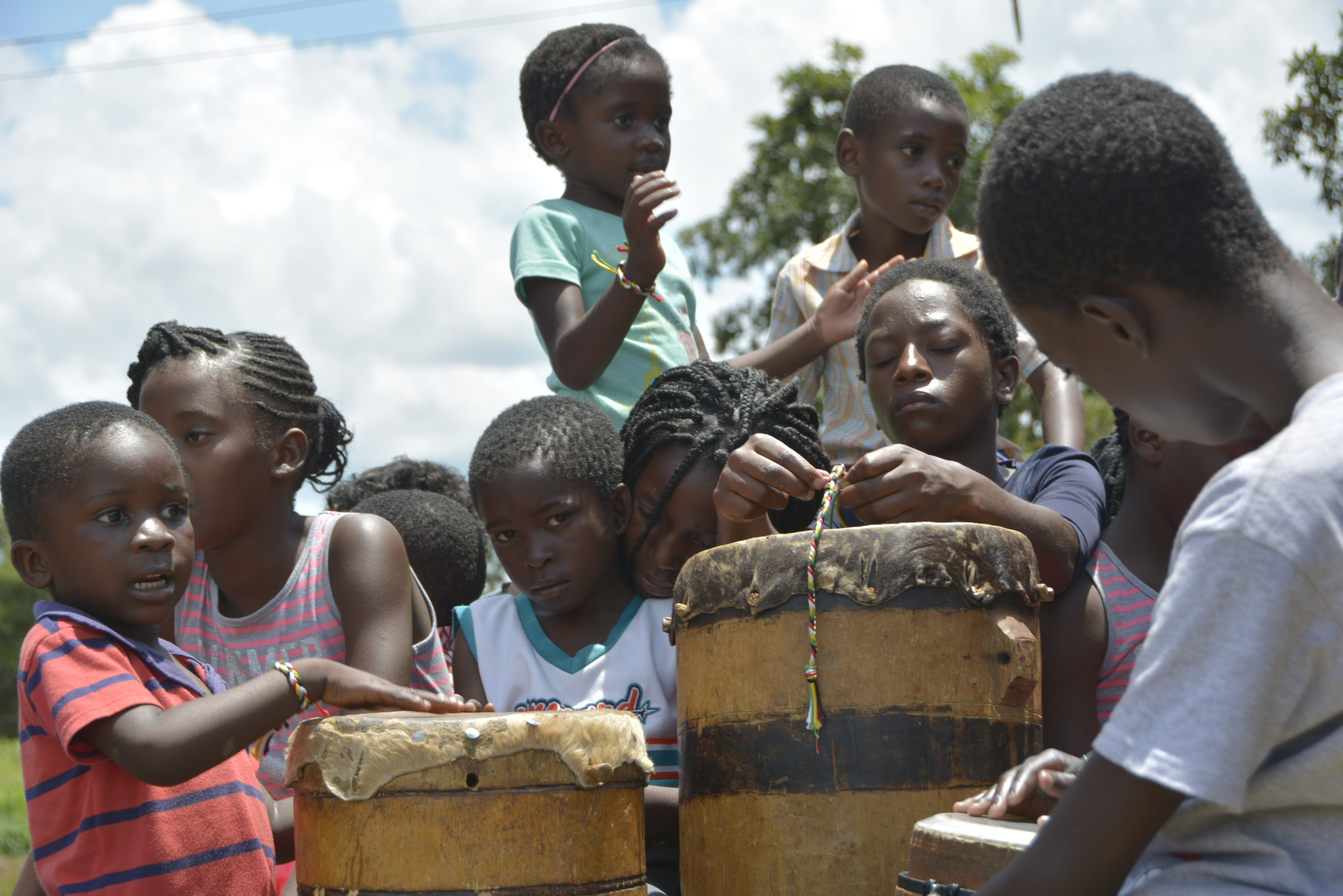Category Archives: Travel
Embarrassed By My Unknowing
This morning I woke early, what with the time change from Eastern Standard Time to Mountain Time. I thought it would be a good time to review our day yesterday and look forward to the adventures of today. Our next door motel guests must also be from out east as they have been up long before me, the one whistling while taking a shower.
The motel is hysterical, the Canyon 66 “Ramada Wyndham” with its array of movie star murals and “Get Your Kicks from Route 66”. That’s right, we’ve landed for the night in Kingman, Arizona after a quick visit to the Hoover Dam. I’m guessing this is an old motel that was bought out by the Ramada people, but the only things that speak Ramada are the paper coffee cups and packets of whitener in the bathroom.

This is my second visit to Hoover Dam, the first being over 40 years ago. Since then, the Bureau of Reclamation has done a pretty nice job in the Visitors’ Center with historic displays and a 10-minute movie that highlights the accomplishments but skirts the water issues of the day. Along the rock walls of the Lake Mead side, we can see the once highwater mark from 1983, but today, the guide confessed, the lake is at its lowest point since the building of the dam in 1936. That’s sobering. But the tour through the turbines and the tunnels was fascinating and awe-inspiring. I recommend everyone take the time to visit.
But my lack of knowledge abounds as I look at the desert landscape. I ask my Southwest friends to forgive me for dullness of mind that became apparent when I tried to google the name of the lovely little purple and yellow flowers blooming along the side of the road (Highway 93). I thought it was an easy search only to discover that a myriad of yellow and purple flowers bloom in the desert. Duh! More than likely, the purple ones are Sand Verbena, but the yellow could be Desert Dandelions or Desert Marigold or Brittlebush.
I have no understanding or appreciation of the desert and really, I need to change that. I doubt this trip will do much more than make a dent into my blank slate. Naturally, I’ll take some pictures and do more investigating when I get home, but one thing I can do is really look. It’s hard on a road trip to make a lot of stops, otherwise, we won’t make the next point on the map. I make this small promise to myself, when we do stop, I’ll look in the distance, of course, but I’ll also look down, near my feet and perhaps a few wonders will be revealed.
Life and Death
Zambia, like many African countries, is a collection of dichotomies. Life and death happens around everyone in quick succession. For many years, particularly in the 80’s and 90’s, people were dying faster than they were living. AIDS struck like a thief in the night, taking both adults and children.
I have been reading a wonderful memoir called Warrior Princess by Princess Kasune Zulu, who grew up in Zambia but now lives in Chicago. She has been a great force in providing help to her people here through a variety of organizations and networking. But as a child and young adult, she was surrounded by the specter of death and dying.
have been reading a wonderful memoir called Warrior Princess by Princess Kasune Zulu, who grew up in Zambia but now lives in Chicago. She has been a great force in providing help to her people here through a variety of organizations and networking. But as a child and young adult, she was surrounded by the specter of death and dying.
In the short time I have been here, several relatives of teachers and staff have died.  Traditionally, the relatives do not change their clothes or bathe until the body is laid to rest, sometimes days later. The “funeral” encompasses all of these days. Also, many travel far distances to attend the final day of this funeral. As a kindness and in the spirit of many small businesses, the Village supports many of these funeral days for staff by providing food and transportation and often, even the burial plot and stone.
Traditionally, the relatives do not change their clothes or bathe until the body is laid to rest, sometimes days later. The “funeral” encompasses all of these days. Also, many travel far distances to attend the final day of this funeral. As a kindness and in the spirit of many small businesses, the Village supports many of these funeral days for staff by providing food and transportation and often, even the burial plot and stone.
 At the same time, there have also been several births, most recently a young son to a teacher. Births are not an easy thing here. There are no medications of any kind, the women must bring to the hospital their own blankets, plastic sheeting for the afterbirth, a bucket, large bottle of bleach, and food. The women are discouraged from crying out in pain and therefore, endure much pain in silence, tears flowing freely. Children often go without names for some many days: after all, the child could die.
At the same time, there have also been several births, most recently a young son to a teacher. Births are not an easy thing here. There are no medications of any kind, the women must bring to the hospital their own blankets, plastic sheeting for the afterbirth, a bucket, large bottle of bleach, and food. The women are discouraged from crying out in pain and therefore, endure much pain in silence, tears flowing freely. Children often go without names for some many days: after all, the child could die.
Today was a different kind of funeral or memorial service, primarily a white one. Kathleen and Benedict (my hosts), were asked to officiate the service for the 95 year old mother of a family friend. It was held outside on the beautiful grounds of Ibis Gardens (a conference center/resort across the road from the Village). The teens who sing on the worship team at the Village of Hope church were invited to participate in the service. There was an odd mash up of people, the Ibis owner and his extended family, the staff, and a few of us from the Village. After the gentle service, lunch was served to all, made  in lovely Ibis fashion with traditional foods as well as simple fare. One relative had a rescued monkey whose mother was killed for food, another friend’s pre-teen daughter climbed the tree, many ate their meals on the grass, and still others clustered in small social circles for conversation. Most dressed nicely but casually, and generally sandals were the norm, no matter the age of the person.
in lovely Ibis fashion with traditional foods as well as simple fare. One relative had a rescued monkey whose mother was killed for food, another friend’s pre-teen daughter climbed the tree, many ate their meals on the grass, and still others clustered in small social circles for conversation. Most dressed nicely but casually, and generally sandals were the norm, no matter the age of the person.
There are other examples of life and death. Pets are generally around for service (cats are mousers and dogs are watch-animals). The cats live as they can and eat what they forage. They have kittens: some live and some die. It’s survival of the strong. Chickens roam free and often become a meal. It’s rural and it’s Africa. And that’s just how it is. Life is a challenge. Death is pushed away as long as possible. But there is a toll to be paid.
Teamwork : Dreamwork
Despite all of my best intentions to continue writing about my Zambia adventure, the impact of the Restore Church team arriving at the Village and School of Hope, to help with the library. What a crazy mad time this was. And so full of love and God’s grace.
And best of all, most of them were young enough to find the work and the heat no barrier to getting things done. They emptied a good portion of the Container that arrived within days of their own landing and the guys put up all the shelving (with no instruction book), and the women either worked on the books (entering them into an Excel Accession list, cleaning, or hauling the boxes to and fro) as well as the nurses helping out at the Clinic and another did at least six presentations of her puppet/music/bible story performance. What a hit with the kids!!! And of course, there was the worship as three of them lead or participate on our church worship teams. And the wonder of this was that the U.S. team worked hand in hand with the Village Teens who make up their local worship team.
Here they are:
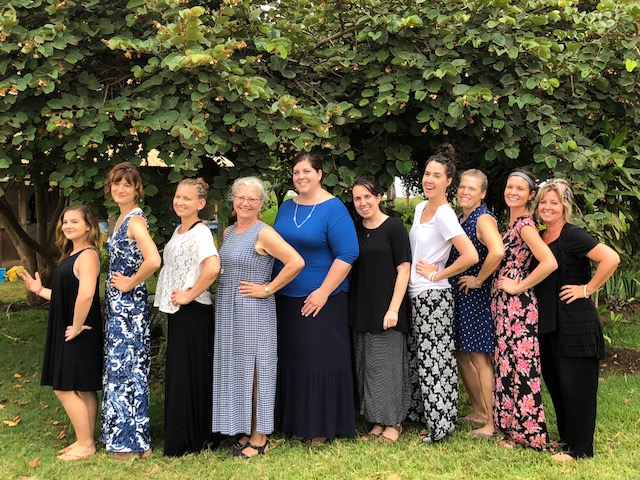
Maranda, Amy, Tara, Irm, Kate, Allie, Emily, Stella, Tiffanie, and Shelley

Gordon, Chad, Nate, and Larry
A team is only as strong as its weakest link : there weren’t any. There were sweaty days and days of rain and mud. There were meals together every morning, noon, and evening. There was special time set aside for one or two team members to visit of the children’s cottages each evening. There an evening debrief and prayer every evening. There was music and laughter and there were tears.
And many said they would return to serve again. From the 600 plus children at the school and the 89 kids in the village (just in the time they were here, 6 children were accepted into the village – the prison kids, the ones who were born in prison and were looking at being raised in the prison if arrangements hadn’t been made to bring the toddlers to the Village), there was touch and pictures and games and dancing and worship (two nights of which were completely initiated and led by the kids themselves). Power of God present. And then there was the last Sunday morning: after service, several of the kids were still fired up in song and just turned back around and re-entered the building to sing and dance some more. It was joy unleashed. I’ve never experienced such an outpouring from kids aged 9 – 18.
Working selflessly in a foreign country is a unique experience. There are always some hardships, like the spiders that wear sneakers and hang out on the walls, or the funny shuffling sounds of critters under your bed, the mattress that feels like a hippo slept in it first, and the challenges of off and on electricity and massive downpours (during the rainy season). But there are also sunsets to die for and fresh air and the sounds of children laughing and calling you Auntie and Uncle. There is music and voices that we rarely hear in the West and a blur of languages, both Nyanja and Bemba with British English in between. It’s a cacophony of sound, sights, colors, faces, and nature. It’s a circus. It’s a bumper car ride with the dirt roads and puddles.
Come and see for yourself.
School Daze
 In Zambia, all schools opened their doors on Monday, January 22nd, whether private or government schools. Although the cholera scare has lessened, there are still buckets with spigots and bleachy water everywhere. The kids get it. There is less hand shaking than usual.
In Zambia, all schools opened their doors on Monday, January 22nd, whether private or government schools. Although the cholera scare has lessened, there are still buckets with spigots and bleachy water everywhere. The kids get it. There is less hand shaking than usual.
 The upper school (grades 8-12) start a 7:00 am. The primary grades and preschool start at eight. The upper school had a longish orientation from 7 – 9:30 or so to review the rules and expectations and other necessary explanations to changes in the setup. There is a school building about halfway done which puts at least 2 classes outdoors. (One small blessing from no rain.)
The upper school (grades 8-12) start a 7:00 am. The primary grades and preschool start at eight. The upper school had a longish orientation from 7 – 9:30 or so to review the rules and expectations and other necessary explanations to changes in the setup. There is a school building about halfway done which puts at least 2 classes outdoors. (One small blessing from no rain.)
 There is a phenomenon apparently with many 3rd world countries and Zambia is no different, that “equality” and “fairness to all” are important guides. In some ways, this doesn’t play out fairly at all, but the basic idea is that in times of severe need, all share in what is available. Whenever possible, an effort is made to level the playing field. (Of course, that is not to say that there is corruption and some people are getting way more than what is “fair,” but usually they don’t flaunt it.) Anyway, at the school, this is reflected in some pretty rigid uniform requirements: upper school is white shirts with blue pants or skirts (below the knee), black ties (for both boys and girls), black shoes, and white socks for the girls and black socks for the boys. For the lower school, it’s red shirts and blue shorts or skirts or pants, white socks for girls, black socks for boys and black shoes. For both sides, no ornamentation of any kind and no additional hairpieces for the girls that fall below the shoulder – nothing that would fall in a student’s face. The boys must have what we might call a military cut or buzz. No extra colors in the hair and no fancy designs.
There is a phenomenon apparently with many 3rd world countries and Zambia is no different, that “equality” and “fairness to all” are important guides. In some ways, this doesn’t play out fairly at all, but the basic idea is that in times of severe need, all share in what is available. Whenever possible, an effort is made to level the playing field. (Of course, that is not to say that there is corruption and some people are getting way more than what is “fair,” but usually they don’t flaunt it.) Anyway, at the school, this is reflected in some pretty rigid uniform requirements: upper school is white shirts with blue pants or skirts (below the knee), black ties (for both boys and girls), black shoes, and white socks for the girls and black socks for the boys. For the lower school, it’s red shirts and blue shorts or skirts or pants, white socks for girls, black socks for boys and black shoes. For both sides, no ornamentation of any kind and no additional hairpieces for the girls that fall below the shoulder – nothing that would fall in a student’s face. The boys must have what we might call a military cut or buzz. No extra colors in the hair and no fancy designs.
 I was already feeling a bit overwhelmed with trying to recognize the 80 +/- kids at the Village, but picking them out of an array of 600 was too much. Thankfully, they seemed extra friendly, but rarely did a name attach to a face. But the main point is that many of these children have far less than the kids at the Village. The uniforms are a source of pride for many, particularly if they are new. The School of Hope provides uniforms to grades PK to 4th grade for free, it’s part of the ministry, but they also have a team of ladies who sew the red shirts and blue pants/skirts for the kids up through 7th grade.
I was already feeling a bit overwhelmed with trying to recognize the 80 +/- kids at the Village, but picking them out of an array of 600 was too much. Thankfully, they seemed extra friendly, but rarely did a name attach to a face. But the main point is that many of these children have far less than the kids at the Village. The uniforms are a source of pride for many, particularly if they are new. The School of Hope provides uniforms to grades PK to 4th grade for free, it’s part of the ministry, but they also have a team of ladies who sew the red shirts and blue pants/skirts for the kids up through 7th grade.
Despite the soaring temps into the 80’s, with no air conditioning or fans in the rooms, business goes on as usual. This is their norm and to my amazement, some of the kids also wore sweaters. An addition to the uniform for the colder months in June-August.
Kathleen, my host and friend, spent most of the first day seeing parent after parent, either to explain the necessity for their child to repeat a grade, or how sorry she is that there is not enough of a scholarship fund for their son/daughter/grandchild/niece/nephew/cousin, or simply to explain that the classes were full and better luck next year or the Village is full or the children are too young or too old and on and on and on it went all day. But my sister/friend is a woman of great patience and compassion. They do what they can to help. Her assistant, Mary, was also handling problems throughout the day. Both women had long waiting lines outside their meager offices.
 But the kids were like kids on the first day of school, a little hesitant and unsure if it was their first time at the school, the older kids, cocky, and a sense of excitement everywhere, particularly during recess.
But the kids were like kids on the first day of school, a little hesitant and unsure if it was their first time at the school, the older kids, cocky, and a sense of excitement everywhere, particularly during recess.
 One teacher reminded me, for her and for many of the teachers at the school, it’s a calling to be there. They are there to spread the message of hope. On the first day, the results of the 12th grade exam were announced (an exam that takes about a month to complete at the end of the school year and determines whether the student can go on to college). College is the dream for many and both Hope School and the Village want to give each child that can, the opportunity to go on. They didn’t all pass, but the ones who did were ecstatic. They were one step closer to leaving the cycle that had dominated most of their lives. Hope is their rain.
One teacher reminded me, for her and for many of the teachers at the school, it’s a calling to be there. They are there to spread the message of hope. On the first day, the results of the 12th grade exam were announced (an exam that takes about a month to complete at the end of the school year and determines whether the student can go on to college). College is the dream for many and both Hope School and the Village want to give each child that can, the opportunity to go on. They didn’t all pass, but the ones who did were ecstatic. They were one step closer to leaving the cycle that had dominated most of their lives. Hope is their rain.
Rooster Racket

Photo Credit : Open Zambia News
Apparently, roosters in Zambia have not been taught rooster etiquette. Or maybe it’s me that’s had the wrong idea all these years. Isn’t it true, on the idyllic farm that as the sun begins to brighten the sky, the roosters crow? Well, just so you know, that ain’t the way it is. In fact, without fail, there is at least one rooster (I think they have upwards of 10 here at the Village of Hope), who insists on letting me know it’s 2:30 a.m. Like clockwork.
My hosts insist my body is still on Maryland time, but I’m not buying it. I think this guy has it in for me. They are free ranging, these feathered patriarchs, and quite in charge. Occasionally a dog gets out and chases them around, but I have yet to see a canine outsmart the cockerel.
I’m also trying to figure out what all the Western frenzy is over free-ranging chickens. According to my local sources, chickens that have no restrictions are tough . . . that is the meat itself is tough and chewy. The folks here like that because all that chewing stems the appetite. Just the day before yesterday, I walked through the kitchen and Esther (the housekeeper), was plucking the feathers from a freshly beheaded biddy. I pretended like I see that every day. Later, I understood that Esther often grabs the chickens and does the dastardly deed herself, but this day, it was one of the boys. Yeah, one of those sweet Village boys, did the chopping. Sigh. I’m such a city girl.
Folding Cranes
 This whole thing started on Oct 23, 2017 on International Peace Day. Colleagues at the Havre de Grace Library presented the idea of having some activities to commemorate the day and one of the ideas was to make 1000 cranes, a long time symbol for peace, health, and well-being. I heard about the cranes a long time ago but forgotten about them in the rush of life. My most memorable encounter was some years ago at the 9/11 Memorial and Museum in New York City. They touched my soul. And so, at the library, we agreed, we would learn how to fold paper cranes as a gesture of peace.
This whole thing started on Oct 23, 2017 on International Peace Day. Colleagues at the Havre de Grace Library presented the idea of having some activities to commemorate the day and one of the ideas was to make 1000 cranes, a long time symbol for peace, health, and well-being. I heard about the cranes a long time ago but forgotten about them in the rush of life. My most memorable encounter was some years ago at the 9/11 Memorial and Museum in New York City. They touched my soul. And so, at the library, we agreed, we would learn how to fold paper cranes as a gesture of peace.
 This project took on a life of its own. Customers and staff alike got into the spirit of the thing and before we knew it, we had not just 1000 but over 2000 cranes. We all experienced the meditative calm they brought. And soon, some of us were learning how to make them smaller and smaller and smaller.
This project took on a life of its own. Customers and staff alike got into the spirit of the thing and before we knew it, we had not just 1000 but over 2000 cranes. We all experienced the meditative calm they brought. And soon, some of us were learning how to make them smaller and smaller and smaller.  At my retirement party, I was given a glass jar full of the smallest of cranes, a full 1000, full of love and peace. Then I decided to leave some peace and hope at home before leaving for Africa. And here too, there now hang 1000.
At my retirement party, I was given a glass jar full of the smallest of cranes, a full 1000, full of love and peace. Then I decided to leave some peace and hope at home before leaving for Africa. And here too, there now hang 1000.
Inevitably, it landed on my heart to bring the crane story to Zambia’s Village and School of Hope. Yesterday, I introduced the cranes to the teachers and several took on the challenge with great joy. Interestingly, the men were the most intrigued and even took home paper to make more. We already have over a hundred.
 Tonight, I took the paper and the crane story to one of the houses in the Village where the older girls live. Some gave up at the demand for tight folds and clean corners, while several others persisted. There we sat on the dusty cement floor, with a single light bulb to illuminate the room, folding and making mistakes and folding again. We laughed at each others’ efforts. Who was there? Sharon, Charity, Mary M, Lina, Linus, Jo something, and a few others who wandered in and out to see our progress. It was hot as blazes.
Tonight, I took the paper and the crane story to one of the houses in the Village where the older girls live. Some gave up at the demand for tight folds and clean corners, while several others persisted. There we sat on the dusty cement floor, with a single light bulb to illuminate the room, folding and making mistakes and folding again. We laughed at each others’ efforts. Who was there? Sharon, Charity, Mary M, Lina, Linus, Jo something, and a few others who wandered in and out to see our progress. It was hot as blazes.
The girls asked, how long are you staying? And when I told them til the end of February, they cheered. We are new friends, sharing in the peace and hope of a folded piece of paper.
Walking the Property
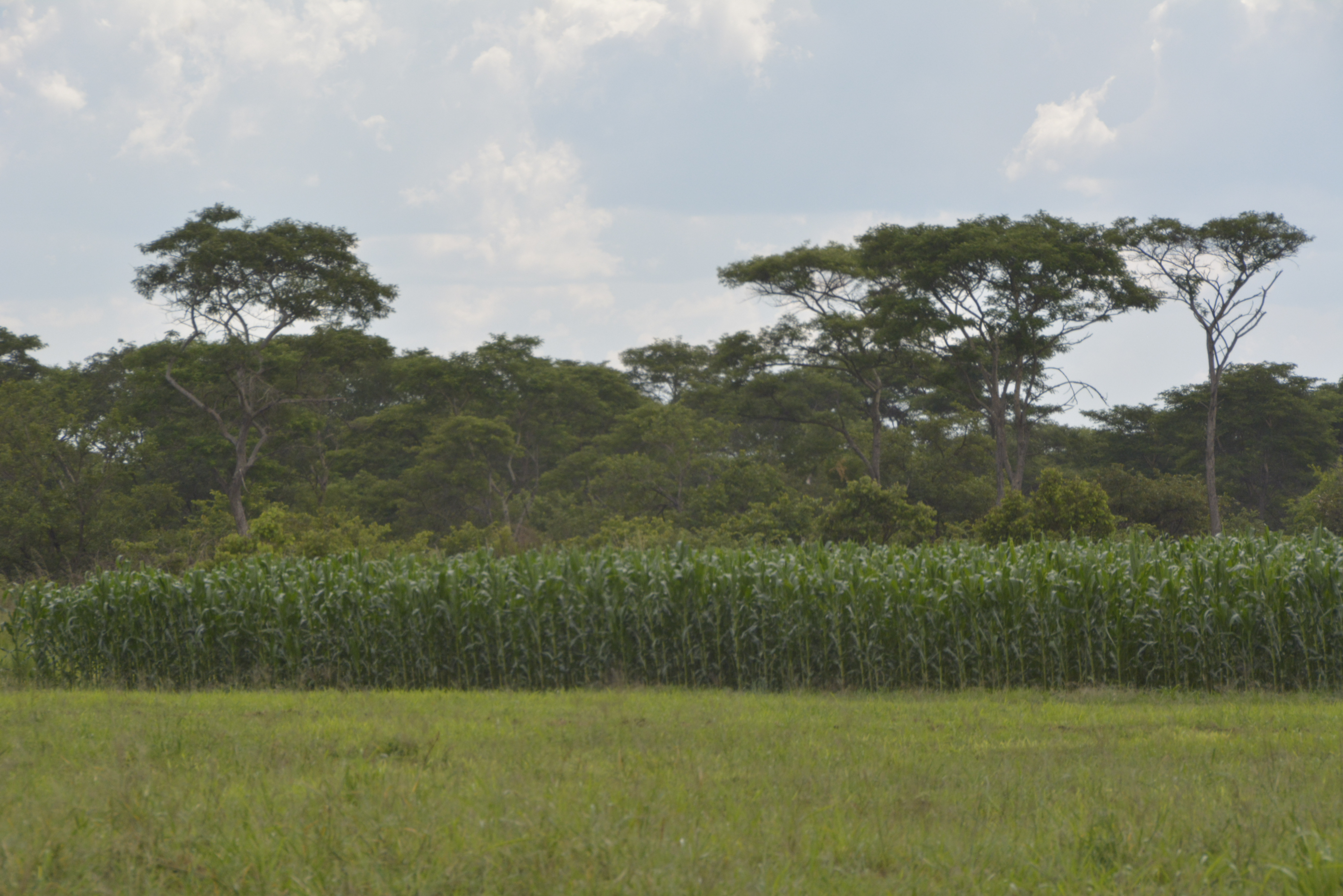 It’s a farm. I mean, there’s a lot of other things, but ultimately, it’s a farm. This is a rural area. And no, there are no elephants or giraffe or hippos or lions. It’s a farm.
It’s a farm. I mean, there’s a lot of other things, but ultimately, it’s a farm. This is a rural area. And no, there are no elephants or giraffe or hippos or lions. It’s a farm.
And there are plenty of paths to walk about, listening to the birds (I saw a Yellow-Mantled Whydah), and buzzing insects and people working in the fields and on the buildings.
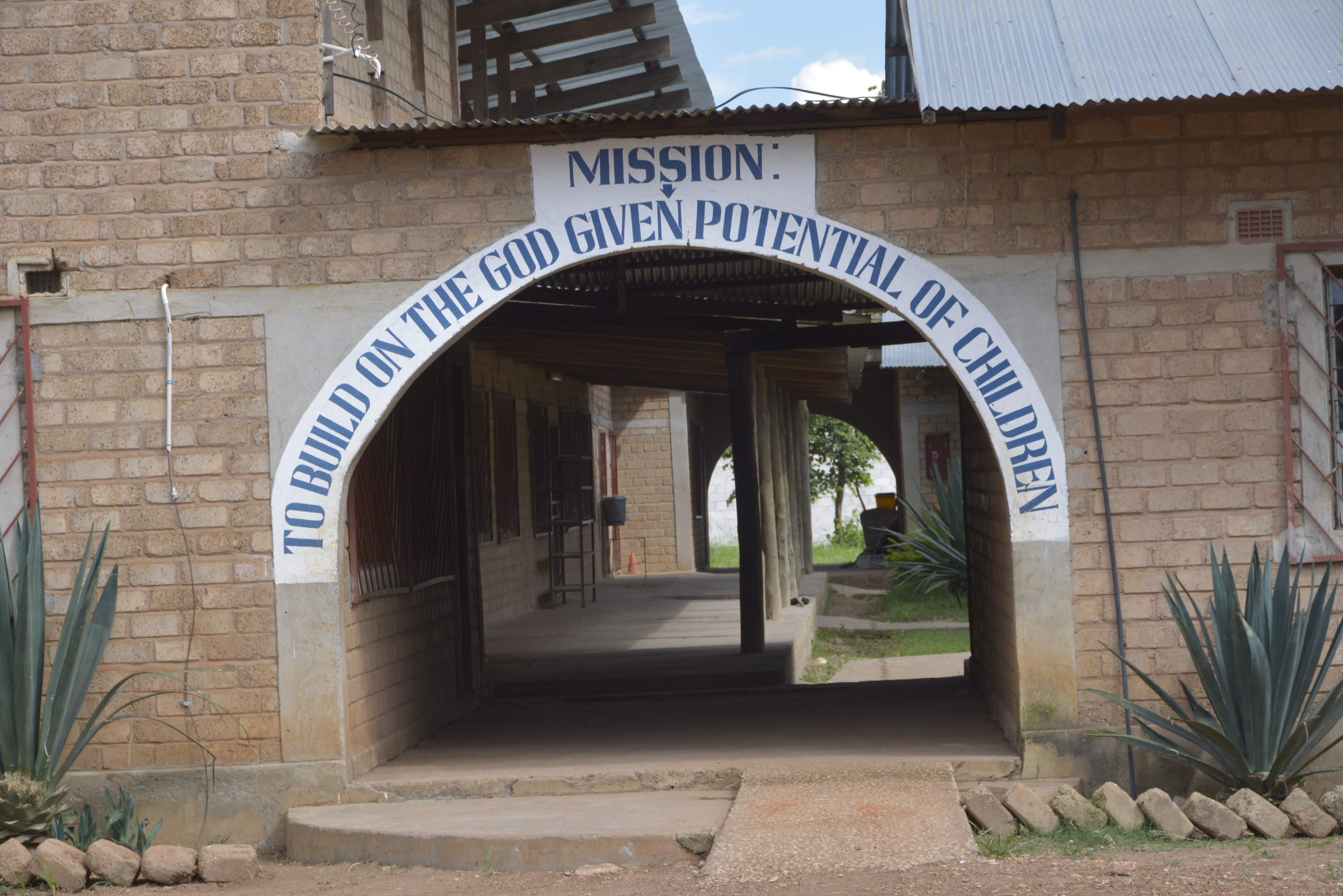 There are a lot of buildings: 10 Village buildings house the children & teens, and there are buildings where some of the workers live, and there is Elizabeth House (for young women in crisis), and of course the school (both lower & upper schools), and of course, the library. But there are more buildings in construction as well.
There are a lot of buildings: 10 Village buildings house the children & teens, and there are buildings where some of the workers live, and there is Elizabeth House (for young women in crisis), and of course the school (both lower & upper schools), and of course, the library. But there are more buildings in construction as well.
None of these buildings existed 10 years ago. That’s just one of the amazing things. But now, not only are there lots of buildings, but there are eleven deep water wells, electricity for every building, and at least at the Schwartz home, Internet access. Unbelievable really.
Next week, the school will open and now begins the planning for receiving over 700 children (including the 84 from the Village). Lots of trips to Lusaka for school supplies and food for lunches. They feed every child and teacher lunch every day.
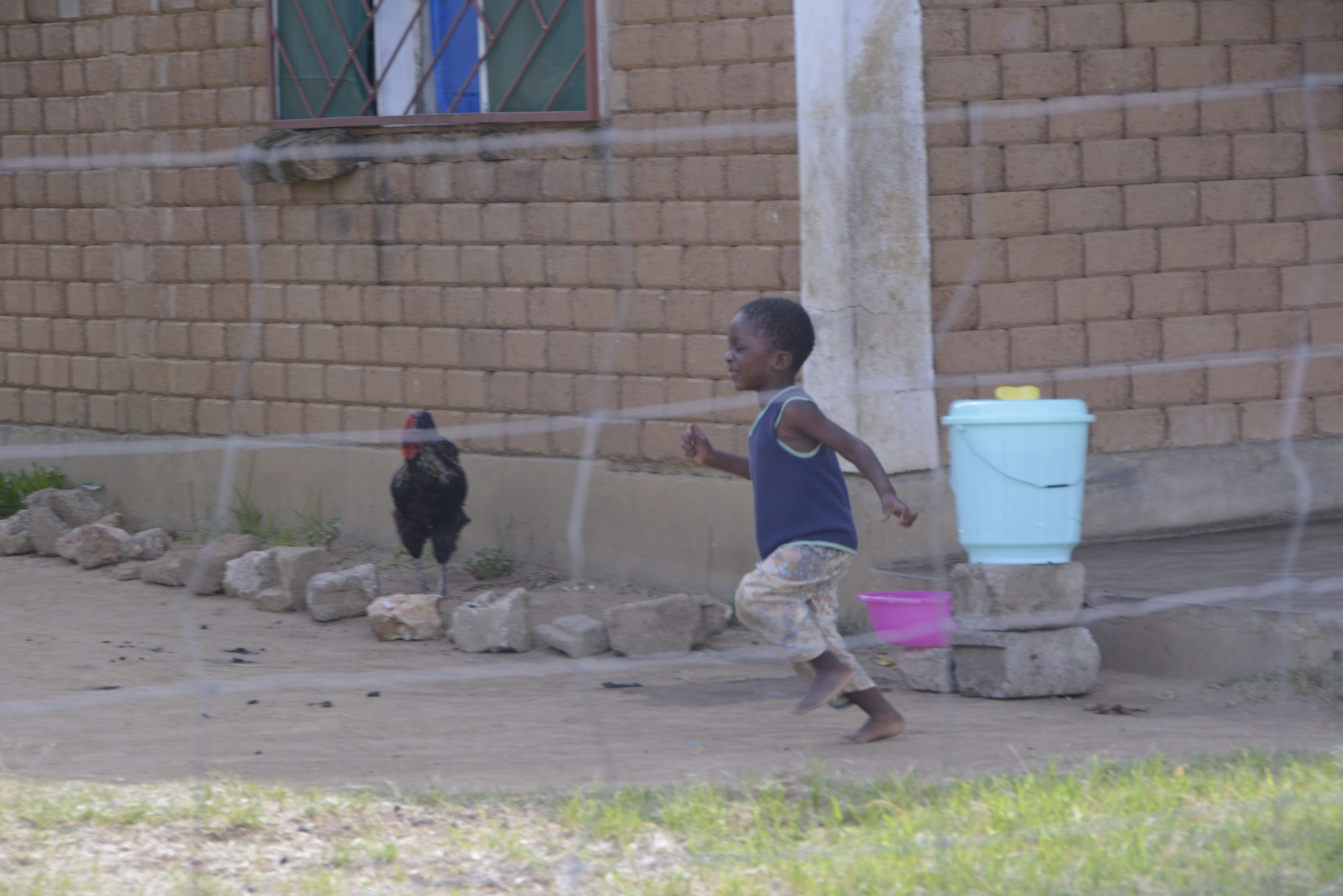 It’s a simple life, but for the kids, it’s a good life. They have plenty of food to eat, a roof over their heads, adults who care about them, and most of all, love.
It’s a simple life, but for the kids, it’s a good life. They have plenty of food to eat, a roof over their heads, adults who care about them, and most of all, love.
For Westerners, who don’t know better, it may look like nothing, but for many of the 130 employees it’s a livelihood and for the kids, a true hope for the future.
